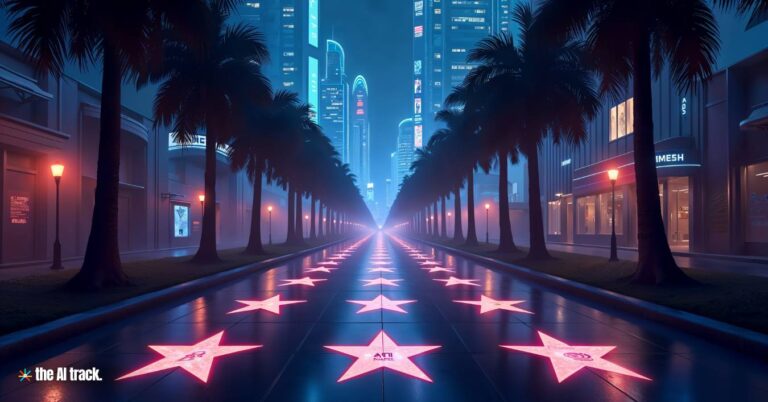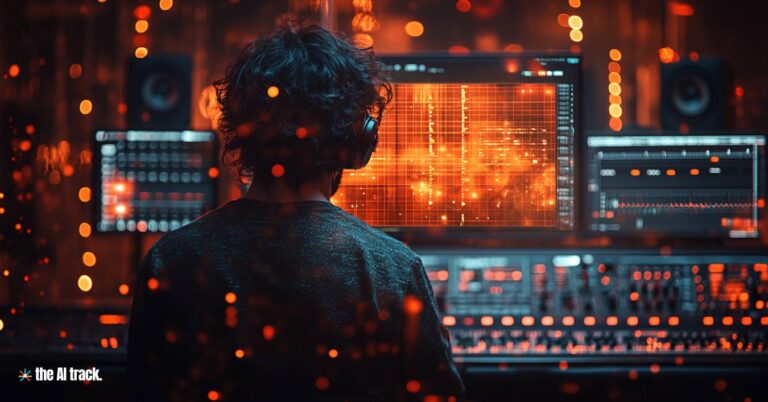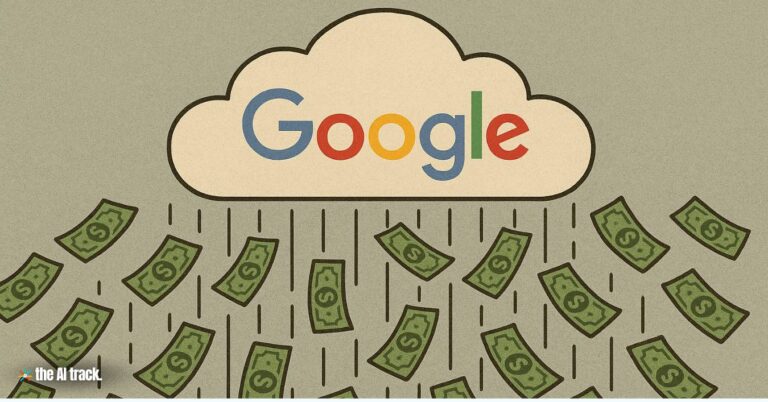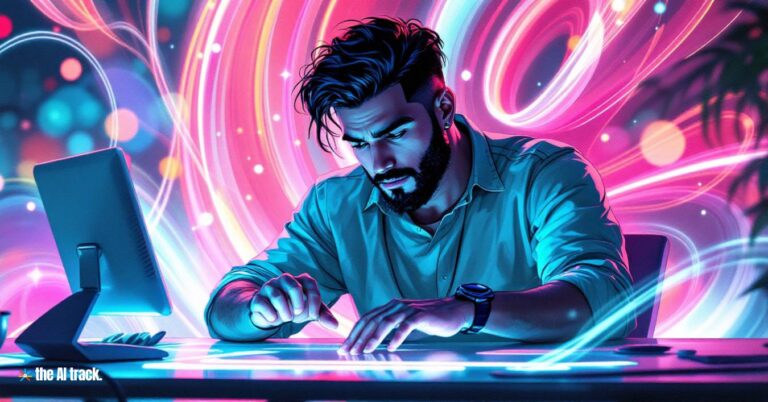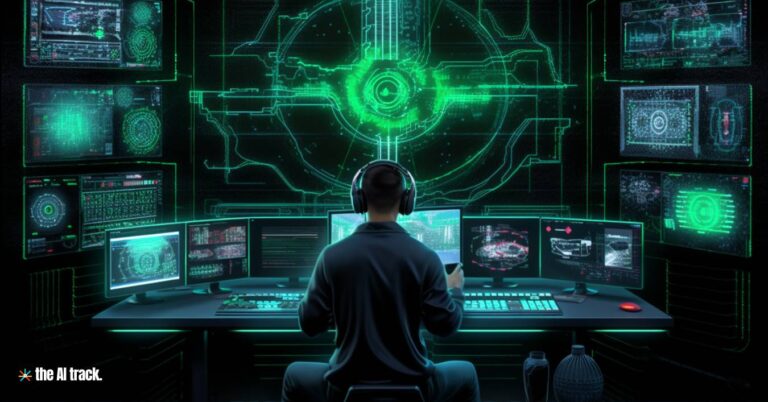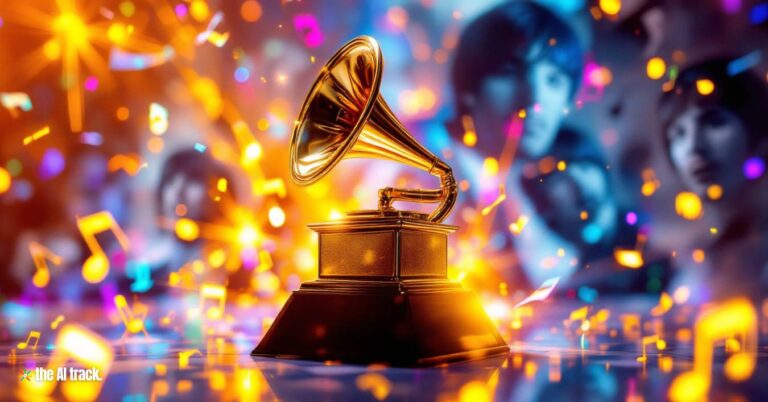Google is testing generative AI features for YouTube, including the “Dream Track” feature that auto-generates short music tracks in the style of famous artists, like John Legend, Charli XCX, Troye Sivan, and Sia, based on text prompts. This move aims to explore AI-generated music creation while addressing copyright concerns. This innovation has the potential to revolutionize music creation.
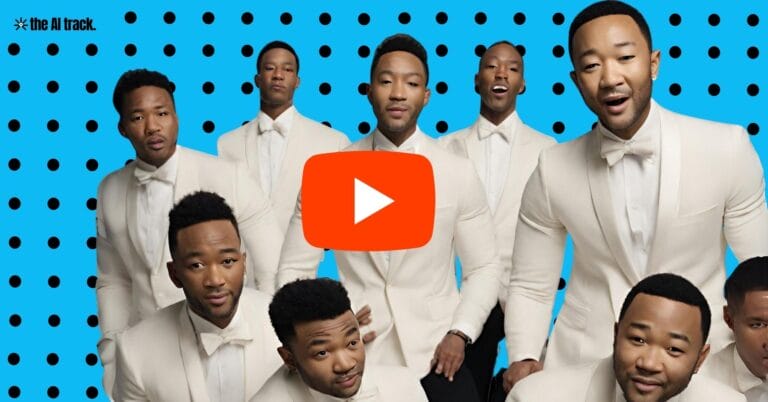
YouTube’s “Dream Track” auto-generates music – Key Points
Here’s a more detailed explanation:
YouTube’s AI Technology: YouTube has developed an advanced AI technology that can generate music based on text prompts provided by users.
The “Dream Track” feature can auto-generate 30-second music tracks in the style of famous artists, imitating nine different artists who collaborated with YouTube on its development.
This AI tool, powered by Google’s (YouTube’s parent company) DeepMind’s advanced music generation model called Lyria, can create all aspects of a soundtrack, including lyrics, instruments, and vocals.
Text-Based Music Prompts: Users can input text prompts that describe the kind of music they want to create. For example, they can specify the lyrics, melody, genre, or mood they have in mind. These prompts serve as instructions for the AI to generate the music.
This AI system uses natural language processing and machine learning algorithms to understand the text prompts and convert them into musical compositions.
Artists’Participation: The unique aspect of this feature is that it involves real artists who have agreed to participate in the program. These artists provide their voices, singing capabilities, and musical styles to the AI system. Users can choose from a pool of these artists to perform the generated music.
The “Dream Track” feature is being tested with a select group of US creators and can produce tracks in the styles of artists like Charlie Puth, T-Pain, and more.
The artists involved in this project are keen on exploring the potential of AI tools to enhance music creation and push creative boundaries.
Tool’s Availability: These tracks are intended for use with YouTube’s TikTok-style Shorts service.
Currently, this tool is available to approximately 100 creators in the US and can be used for videos on YouTube Shorts.
YouTube released sample videos created with Dream Track, featuring imitations of Charlie Puth and T-Pain, though the quality is not on par with the original artists.
The AI tool aims to foster deeper connections between artists, creators, and their fans.
YouTube’s Other AI Tools: This release follows YouTube’s introduction of other AI-powered features for creators, such as AI-generated backgrounds and topic suggestions for videos and music search.
YouTube is also unveiling another Music AI Tool that allows users to create music tracks without traditional instruments, such as saxophone tracks from hummed melodies.
YouTube aims to develop AI tools that can transform existing music into different styles, and these tools may be available for testing in its Music AI Incubator later.
These AI tools are powered by Google’s DeepMind’s music generation model called Lyria and include a watermark to identify AI-generated audio.
The future availability of YouTube’s AI tools beyond the initial test phase and potential additions of new artists remain uncertain. These developments reflect broader debates about ownership and rights related to AI-generated content in various creative industries.
Democratizing Music Creation: This feature has the potential to democratize music creation in several ways:
- Accessibility: It allows individuals who may not have musical training or access to professional musicians to create music.
- Variety: Users can choose from a diverse range of artists with different singing styles and voices, expanding creative possibilities.
- Collaboration: Artists’ participation in this AI-driven process encourages collaboration between users and musicians.
- Cost-Efficiency: Creating music through AI can be more cost-effective than hiring musicians and producers.
Copyrighting: This initiative comes as YouTube grapples with copyright issues related to AI-generated music and collaborates with major music labels like Universal Music to establish guidelines.
YouTube recently announced content guidelines for AI-generated deepfakes to protect users and the music industry.
YouTube is introducing two sets of content guidelines for AI-generated deepfakes, with strict rules to protect the music industry and looser rules for other content.
- Creators will need to label “realistic” AI-generated content when uploading videos, and these labels will appear in video descriptions and on top of sensitive material.
- The platform hasn’t defined precisely what “realistic” means yet, but guidance with examples will be provided next year.
- Penalties for inaccurately labeling AI-generated content may include takedowns and demonetization, although detection tools are still in development.
- YouTube will allow individuals to request removal of videos that simulate identifiable individuals, considering factors like parody, satire, and public figure status.
Concerns: There are concerns in the industry about the potential for realistic-looking audio and video content generated by AI to contribute to disinformation and abuse.
The release of Dream Track comes amid ongoing debates about ownership rights and creative content produced by generative AIs, sparking tensions between creative sectors and AI companies.
Lucian Grainge, the head of Universal, supports YouTube’s AI development, emphasizing the need for responsible AI in the music industry.
Overall, this YouTube feature blends AI technology with the creative input of artists, making music creation more accessible and versatile for a broader audience. It represents a new frontier in the music industry by offering innovative tools for aspiring musicians and content creators.
This initiative showcases YouTube’s exploration of AI in music creation while addressing copyright and authenticity concerns.
Sources
- YouTube is going to start cracking down on AI clones of musicians – The Verge
- YouTube previews AI tool that clones famous singers — with their permission – The Verge
- YouTube tests AI tool that clones pop stars’ voices – BBC News
- YouTube’s Trial AI Tool Creates Voice Clones Of John Legend, Troye Sivan, Charli XCX And Sia – Forbes

